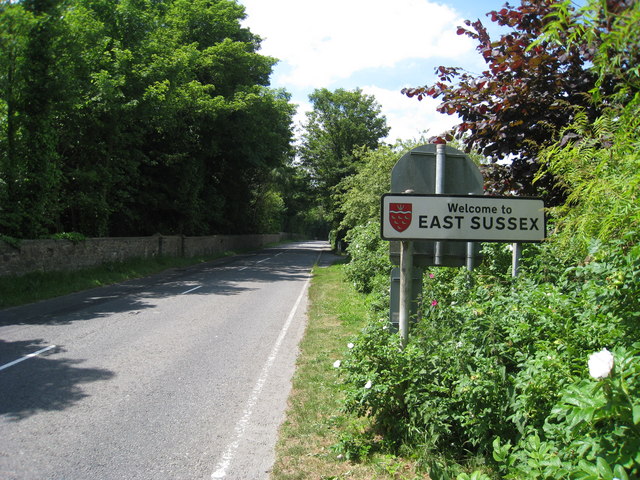This year Sussex Day is on Sunday June 16 marking the feast day of St Richard of Chichester, the patron saint of our county. There will be a special event outside the town hall at 12.30pm. But how much to do you know of Sussex history? In the first of two articles looking at the story of Sussex we begin a long, long time ago.
The beautiful county of Sussex has many claims to fame, but one of them is the fossil remains of Boxgrove Man, which is thought to be the oldest fossil of a human ever found in this country. The remains are estimated to be half a million years old. Somewhat newer are the tools found near Pulborough, which are just 35,000 years old.
Before the Roman invasion of 43 AD, what is now Sussex was the land of the Atrebates, who originated in Gaul. After the Romans left, new Germanic peoples arrived. According to the Anglo-Saxon Chronicle for 477, the Kingdom of the South Saxons was founded by King Aelle, who arrived at Cymenshore, the location of which is unknown. He was said to be the senior ruler of the seven Saxon kingdoms known as the heptarchy, and the first Bretwalda, or Ruler of Britain. There is no evidence that this actually happened. During the 8th century the Kingdom of the South Saxons took over the land called Haestingas, but in 827, after the Battle of Ellandun it all became part of Wessex.
During the 9th century the Vikings swept down from Scandinavia, with many of their terrible raids targetting the Sussex coast.The Anglo-Saxon Chronicle tells us that in the year 895 a large fleet attacked Chichester, but that the locals fought bravely, killing many of the attackers and capturing some of their ships. Attacks continued through to the 10th century and again,the Anglo-Saxon Chronicle tells us what happened. The Vikings had a base on the Isle of Wight from 998 and in 1000 we are told, “everywhere in Sussex they plundered and burnt as is their custom.” In 1016 the Danish king, Cnut the Great took the throne of England, which together with Norway made up what was called the North Sea Empire. It is Cnut who supposedly tried to hold back the tide.
Sussex was at the centre of history when, in 1066, Duke William of Normandy invaded, landing at Pevensey, before setting out to defeat King Harold at what is now called the Battle of Hastings. There is an alternative theory, that the site of the landing was actually at Cadborough near Rye, which would make sense, as it was a more direct crossing that going to Pevensey. One of the major battles of what is called the Second Barons’ War took place in May 1264, just outside the lovely town of Lewes.
It was another civil war, this one fought against the rule of the unpopular King Henry III. Fought around Offham Hill, it lasted for five hours and led to the defeat by the barons’ army, led by Simon de Montfort, of the royal army, led by Prince Edward. The remnants of the royal army managed to retreat to Lewes Priory, but one of its commanders, the Earl of Cornwall, had to take refuge in a windmill for safety. He was surrounded and taunted with cries of, “Come down, come down, you naughty miller.”
There’s more history of Sussex next week from the time of Henry VIII onwards, including story of the Sussex flag.
Image Credits: Oast House Archive https://www.geograph.org.uk/photo/1929436 https://creativecommons.org/licenses/by-sa/2.0/0.



